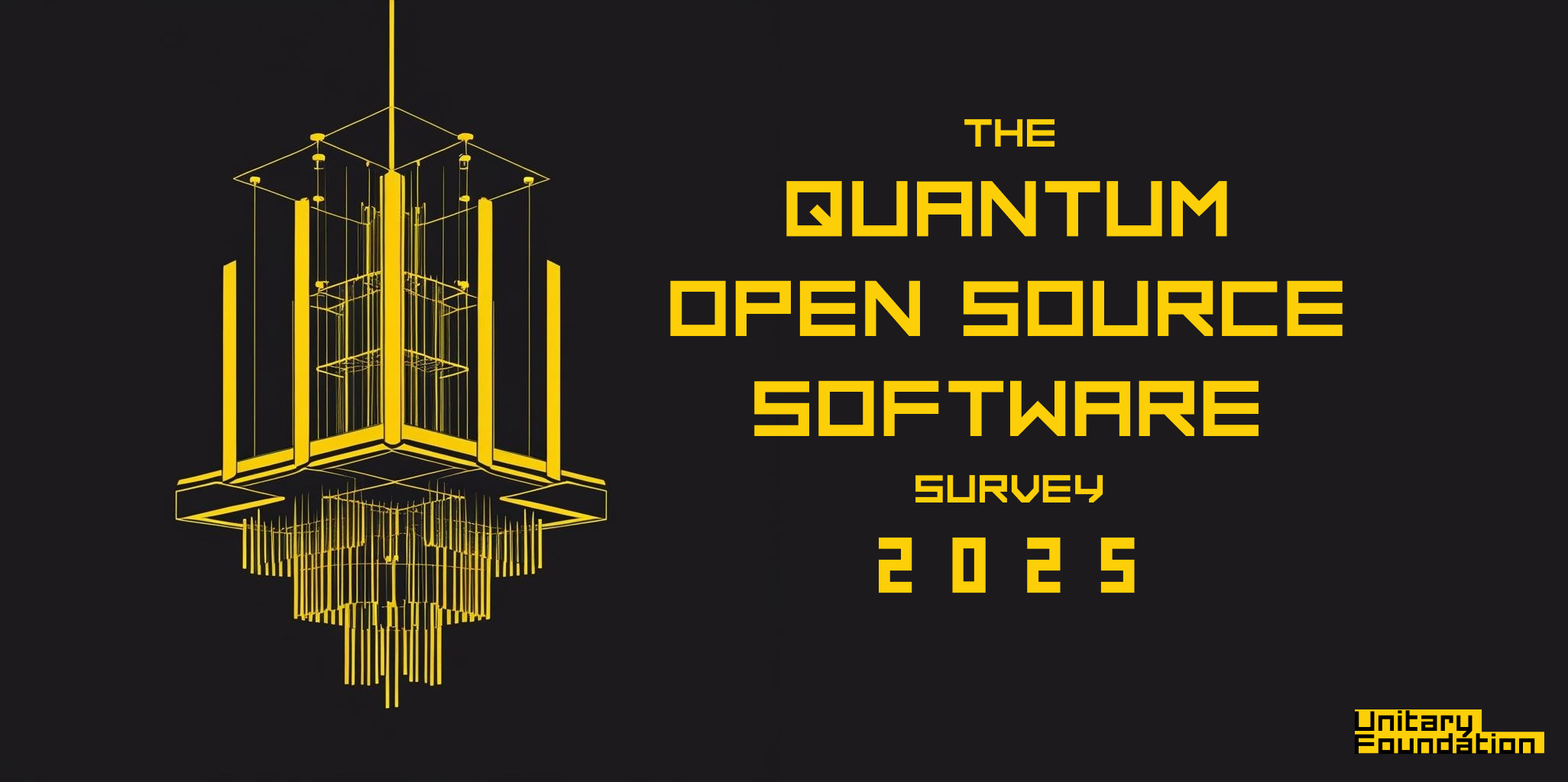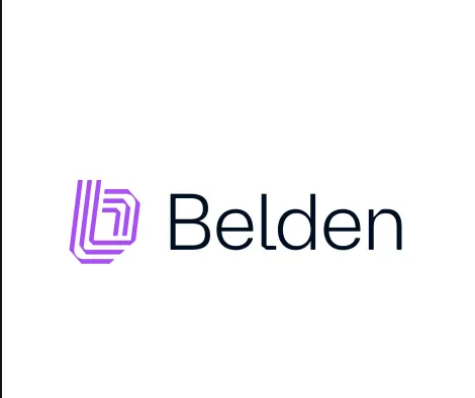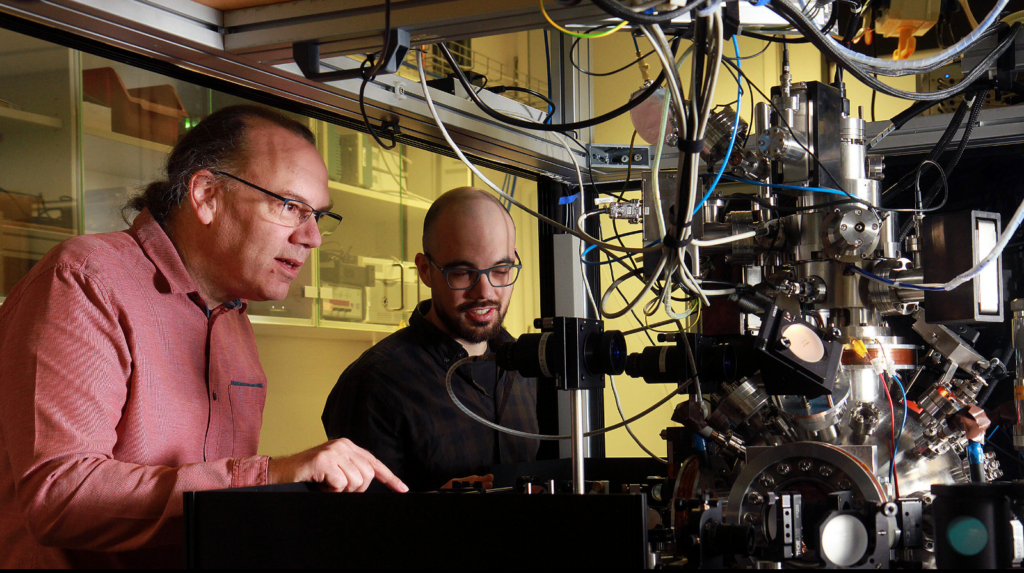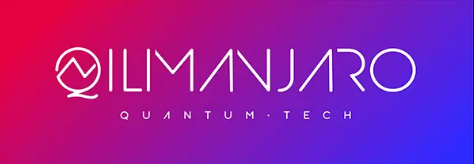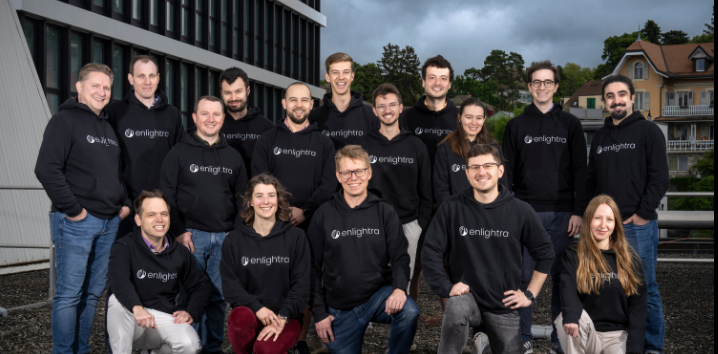Insider Brief
- A growing number of quantum software developers are working independently and often without pay, according to the Unitary Foundation’s fourth annual Quantum Open Source Survey.
- The poll found 11% of respondents had “no affiliation,” up from 7% last year, while nearly 40% said they receive no compensation for their work despite 56% reporting full-time involvement.
- The community remains young and active, with more than half of respondents under 30, rising interest in smaller software packages like UCC and Yao.jl, and strong calls for mentorship, education, and collaboration.
A growing number of quantum software developers are working independently and, in many cases, without pay, according to a blog post on the latest Quantum Open Source Survey released by the Unitary Foundation. The nonprofit’s annual poll shows a shift toward a younger, more self-directed community that is sustaining rapid innovation in open quantum development.
The Unitary Foundation’s fourth annual survey found that 11% of respondents said they had “no affiliation,” up from 7% last year, a rise that could signal an expansion of a do-it-yourself cohort within the quantum software community.
While 56% reported quantum development as their full-time work, nearly 40% said they receive no pay for their contributions. The Foundation said this indicates the continued volunteer-driven nature of much of open-source development, even in a field as technically demanding as quantum computing.

The results also show that more classical software professionals are entering the field, while the proportion of dedicated researchers has slightly decreased. The Foundation described this as evidence of growing crossover between traditional software engineering and quantum programming. This convergence could speed up the transition from theory to practical tools, the team suggests.
Youth and Energy in Quantum Programming
The survey data revealed that the community remains overwhelmingly young. The largest age group, 21 to 25, made up 32.8% of respondents, and more than half — 53.6% — were aged 30 or younger.
The Foundation added that this influx of early-career professionals and students suggests “sustained growth and high energy for new development and research.” It may also reflect universities and startups introducing more accessible entry points into quantum computing.
Educational backgrounds were more evenly spread this year, with the share of respondents holding master’s and PhD degrees drawing closer than in 2024. That shift, the Foundation said, implies a more diverse skill base and possibly more industry entrants from nonacademic or applied computing backgrounds.
Software Trends and Research Focus
Interest in smaller or emerging quantum software packages grew significantly. Packages such as OpenQ, for instance, rose from 1.1% to 7.7% in current or planned use, while Yao.jl jumped from 1.3% to 7.9%. The Unitary Compiler Collection (UCC) saw the steepest rise — from 2% to 10% — making it one of the most promising toolchains among survey participants.
Respondents ranked algorithms, applications and compilation as the top three areas of research focus. The Foundation reported that this shows how essential the software stack has become — not only designing new quantum algorithms but also improving the underlying compilers and infrastructure that make them usable on real machines.
When asked which research domains appeared most promising for the future, respondents gave lower marks to hardware development and error mitigation compared to last year. The Foundation reported that 27% now view hardware development as most promising, down from 34% in 2024, and interest in error mitigation fell from 28% to 23%. Algorithm development, error correction and application development, however, remain strong areas of optimism.
A new section on Quantum Error Correction (QEC) software revealed that use and interest are evenly split — an encouraging sign, according to the Foundation, that more developers are integrating error-correcting codes into practical workflows.
Community, Learning and the Future
Community satisfaction remains high: nearly 95% of respondents reported a positive experience with the open-source ecosystem. However, many called for better learning pathways and mentorship. In open-ended responses, the two most common requests were for structured educational programs and stronger support systems to onboard newcomers.
Video-based learning resources have overtaken hackathons as the most popular way to engage with open-source projects. The Foundation added that project documentation and readable source code still outrank chatbots as the most relied-upon sources for technical answers—a reminder that traditional developer resources continue to matter.
Another highlight was enthusiasm for collaboration. Many respondents said they would like to co-author research papers based on their open-source work, a trend the Foundation plans to encourage in the coming year.
“It’s encouraging to see high interest in respondents wanting to co-author a research paper based on work with open-source software. Unitary Foundation will look to encourage new engagement around this topic in the coming year,” the Unitary Foundation team said in its report.
Programming language trends also suggest where developers see the field heading. Rust emerged as the clear favorite among languages respondents said they want to learn next — pointing to growing attention on performance, safety and modern tooling.
The Foundation said it will use the findings to develop a useful quantum ecosystem — a mission that depends, as the numbers show, on keeping that independent spirit alive.
The team writes: “Now in its fourth iteration, the survey is meant to serve as a snapshot of our community to provide illuminating and actionable insights as we look to develop a quantum ecosystem that is the most useful to the most people.”
Read the complete poll results here.
This post is best read while listening to Nadia’s theme.

